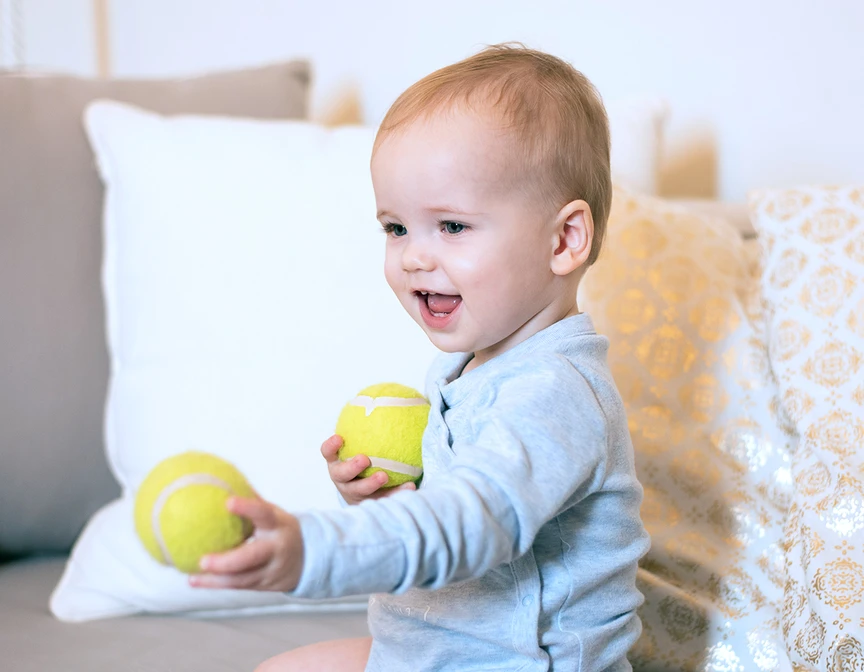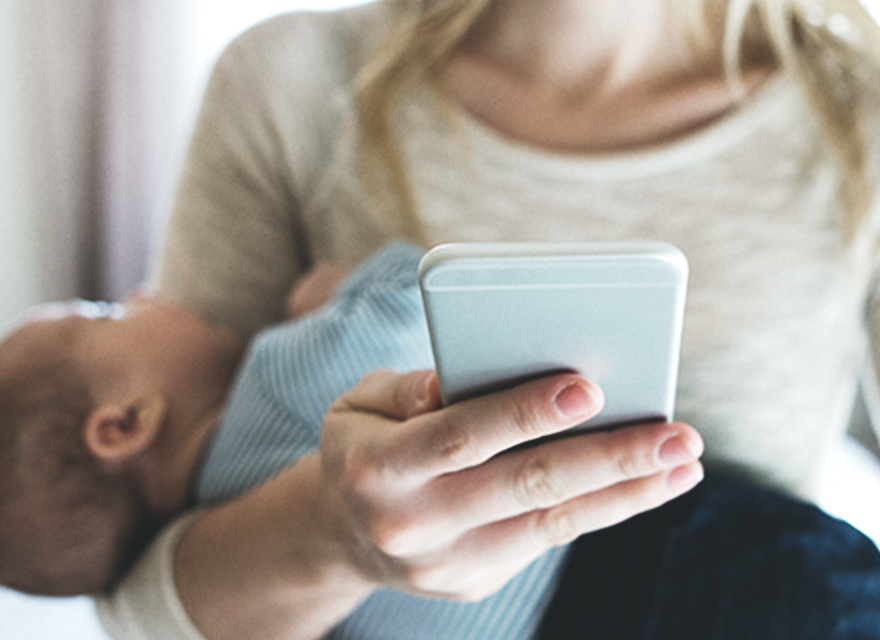Babies cry. Babies cry. Babies cry. Babies cry. Babies cry. Babies cry. Babies cry. Babies cry. Babies cry. Babies cry.
Crying is your newborn baby’s primary means of communicating their demands and feelings. When your baby is hungry, tired, uncomfortable, sick, or in pain, they cry. They may weep because they require a change of atmosphere or comfort, or because they require your presence. On average, babies cry and fuss for over 3 hours every day, and most likely in the late afternoon and evening. Crying peaks between 6 and 8 weeks, and as they grow older, they spend progressively less and less time communicating that way.

Source: www.mom365.com
This article was inspired by one of our customers’ request.
Name of the briefing: Why do babies cry?
Description: I want to find a company that provides parents with a solution to their baby’s crisis (e.g., crying, yelling, etc.). The product should enable parents to diagnose their baby’s problem and provide solutions. Preventive solutions are also sought.
Look at the innovative solutions that came up from the Novable database!
Zoundream employs artificial intelligence and sound recognition to analyse and translate neonates’ screams and noises. Using cutting-edge advances in sound detection, not only can the technology translate cries in real-time (e.g., hungry, sleepy), but it aids in the identification and diagnosis of potential newborn pathologies and developmental disorders. Therefore, it ultimately improves the health of families and newborns all throughout the world.
The team dedicated several months to determining the optimal solution for the identification and translation of a human-produced sound into its actual meaning, specifically pre-speech. They developed their own deep-learning-based solution. To extract the meaning of a baby cry, AMSI, which stands for Acoustic MultiStage Interpreter. The combination of models considers comprehending letters, then words, and finally meaningful phrases. AMSI may be used in a wide range of situations, and we will soon be able to identify diseases and uncommon behaviours.
Bluebell Baby Monitor is like having an extra set of ears and eyes to keep a watch on your child. The clip-on sensor measures respiration, temperature, and other parameters, sending alarms to the Bluebell app or an optional smart bracelet in real-time. You can also add an HD camera.
Happiest Baby offers a smarter and safer baby bed called SNOO. This was created by the paediatrician Dr. Harvey Karp with the idea to provide an extra set of hands during the first 6 months after the baby is born. Its fast response frequently settles upsets in less than a minute. The “5-second swaddle” also helps to reduce risky rolling. Some facts as reported on their website:
LittleOne.Care is a tailored AI platform designed to improve your baby’s health, safety, care quality, and happiness. The system contains four data sources: the motion of the baby, the sound of the baby, voice tagging, and context. LittleOne’s Deep Learning insights produce a one-of-a-kind result: a clear picture of the baby’s life experiences, together with professional guidance on how to respond all within the same app.

Through an exceptional app and on-the-spot smart buttons, Cubtale provides peace of mind to all new parents who require a one-stop solution to learn, manage, and coordinate their baby’s routine care.
“Being a parent was a life-changing experience that involved psychological, physical, and emotional changes all at once. With so much going on, the amount of information available at this point in our life is undeniably overwhelming. In order to offer better care for our children, we as parents must seek, filter, adopt, and apply important information. We must connect with our health specialists, save information for future occurrences, and stay on top of all care milestones, which is not easy.”
Cubtale is here to connect those who care. On a mission to give parents peace of mind by assisting them in accurately collecting routine care data and making this data useful and relevant. It provides caregivers with approved insights that are timely and relevant for better care.
With CryAnalyzer you can easily understand a baby’s request. More than 20,000 sounds of a crying baby are recorded and analysed. On the display, you can clearly interpret a baby’s desire. The age range is 0-6 months. You can personalise your baby’s sobbing pitch for greater precision and keep track of your child’s progress.
FIRST ASCENT INC. has documented the daily lives, growth, and development of over 200,000 babies. The findings of this study have been presented at a number of conferences.
It has captured and evaluated over 20,000 different baby emotional stages. The CryAnalyzer app claims to be more than 80% accurate in determining a baby’s emotional state.
The app works by capturing your baby’s cry for 5 seconds and analysing it to meet the baby’s specific requirement based on historical data stored in the app. Based on the historical data collected in the app, it will personalise an algorithm to accurately determine your baby’s emotional condition every time.

The ChatterBaby algorithm uses signal processing and machine learning techniques to determine which acoustic features are associated with the specific baby’s needs. For instance, babies who are in pain demonstrate high-energy crying sessions, while a fussy cry may have more periods of silence.
Accurate pain evaluation in newborns is particularly difficult and necessary. The human ear can understand various noises, but the ChatterBabyTM algorithm on UCLA servers can distinguish certain qualities. It uses machine learning to adapt and learn how to better and more correctly detect your baby’s cries by comparing them to cries in our database.
How was the database developed? First, agonising cries from babies undergoing immunizations or ear piercings were recorded. Other cries (fussy, hungry, separation anxiety, colic, scared) were also collected and meticulously labelled by a panel of veteran mothers. Only the cries with universally agreed-upon labels from veteran moms were used to teach the algorithm, ensuring that the algorithm had the same ear as the “gold standard.”
Discovering new tools and innovative solutions is the best part of working in a startup scouting company. Did you like this topic? Did you find this interesting? Let us know what you would like to read next on LinkedIn!